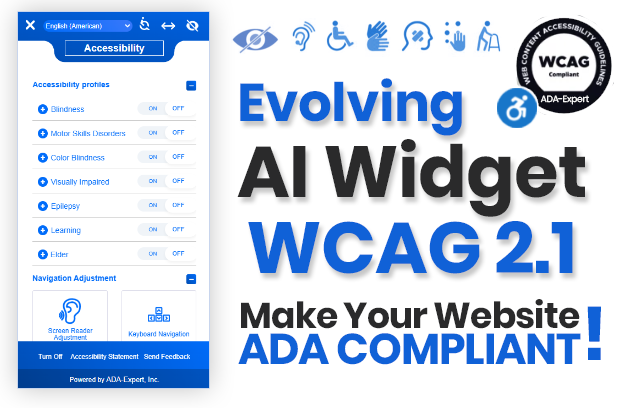Guidance & Resource Materials | ADA.gov
This publication includes a survey to guide election officials in evaluating the accessibility of ballot drop boxes used or being considered for use in elections and is a companion piece to the ADA Checklist for Polling Places.
ADA Requirements: Testing Accommodations
This document provides technical assistance on testing accommodations for individuals with disabilities who take standardized exams and other high-stakes tests.
ADA Guide for Places of Lodging: Serving Guests Who Are Blind or Who Have Low Vision
A publication explaining what hotels, motels, and other places of transient lodging can do to accommodate guests who are blind or have low vision.
Accessibility of State and Local Government Websites to People with Disabilities
A publication providing guidance on making State and local government websites accessible


